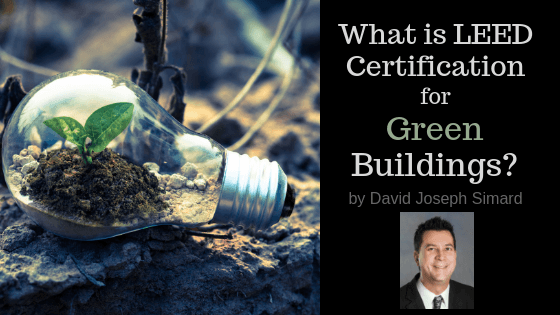LEED stands for Leadership in Energy and Environmental Design. LEED originated in the United States, developed by the U.S. Green Building Council (USGBC), a non-profit. It is now one of the most popular programs worldwide for green building certification.
Green building technology has emerged rapidly since the 1990s when LEED began. As the technology emerged and changed, LEED certification had to evolve, as well. As of October 2016, all newly registered projects seeking LEED certification must abide by guidelines set by LEED v4, which was introduced in 2013.
Their system analyzes the design, construction, operation and maintenance to ensure compliance. For any buildings, homes and neighborhoods that wish to be LEED certified, the process is straightforward. The official certification is granted by the Green Building Certification Institute (GBCI). GCBI handles third-party verification that determines a project’s compliance with outlined requirements. There is a fee that varies based on building size, etc.
Buildings can qualify for different levels of certification. They are: certified, silver, gold, and platinum.
LEED Internationally
As of 2016, the United States far surpassed any other country in LEED certification, with over 27,000 projects. Following was Canada with over 2,500 projects and China with 931 projects. In fact, Canada received permission in 2003 to create a version of LEED Canada. Many buildings in Canada are certified due to their practices in rainwater harvesting.
Worldwide, there are more than 4.5 billion square meters of building space in 160 countries and territories that are LEED-certified.
Benefits of LEED Certification
An analysis in 2008 evaluated LEED (and similar Energy Star) certified buildings, finding that there are financial benefits. The buildings were able to charge higher rent and ultimately had a higher overall sales price. More energy efficient spaces also see higher occupancy rates across the board, and there is potentially a lower investment risk.
As for environmental benefits, LEED-certified spaces have shown to use fewer resources for energy and water. They also reduce carbon emissions and are responsible for diverting more than 80 million tons of waste from landfills. Not to mention that green buildings are good for our health. They bring us clean air and access to daylight while keeping out harmful chemicals that can be found in paints and finishings.
Criticisms and Disadvantages
As with any large initiative, some experts believe there is room for improvement. For example, LEED is not a way to measure building performance — just design. It also fails to be energy-specific or climate-specific, although the latest version plans to address this. The process is also criticized as being costly, slow and confusing. Beyond this, there is a phenomenon where some large companies are solely focused on the public relations benefit of LEED certification instead of the commitment to environmental protection, meaning their buildings can be counterproductive in the long run.
As a whole, buildings currently account for one-third of global emissions, and green buildings are the most promising and cost-effective way to reduce our environmental footprint. LEED was founded on the premise that we should prioritize the health of the environment and the people who will live on earth for years to come, but it’s promising that they are also financially beneficial. While the system may not be perfect, it is setting standards and starting conversations that we in the industry should be having.


